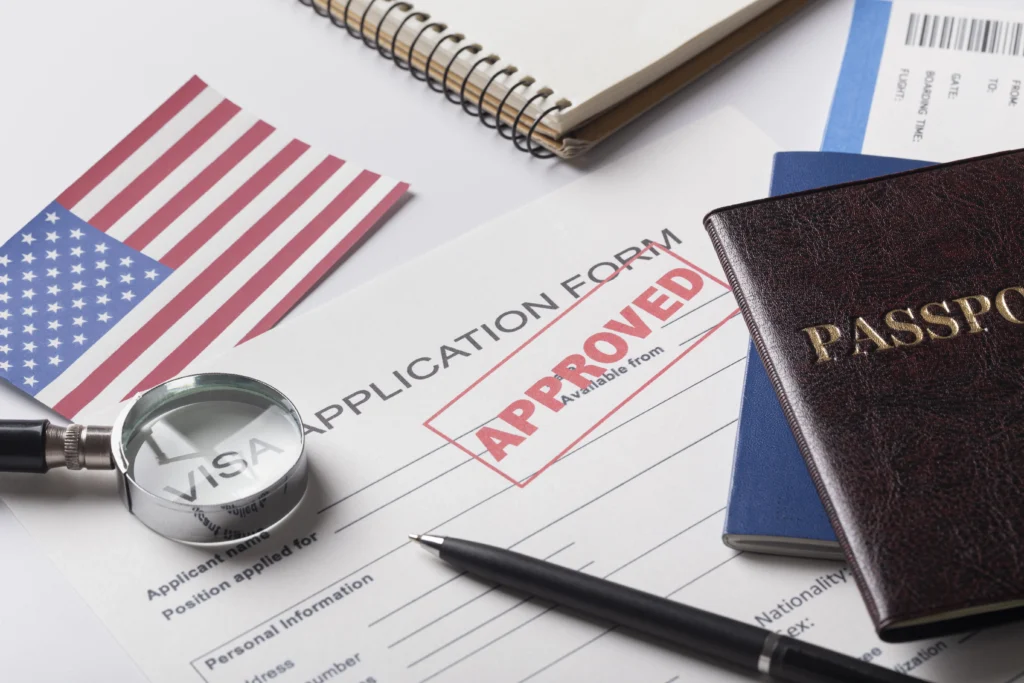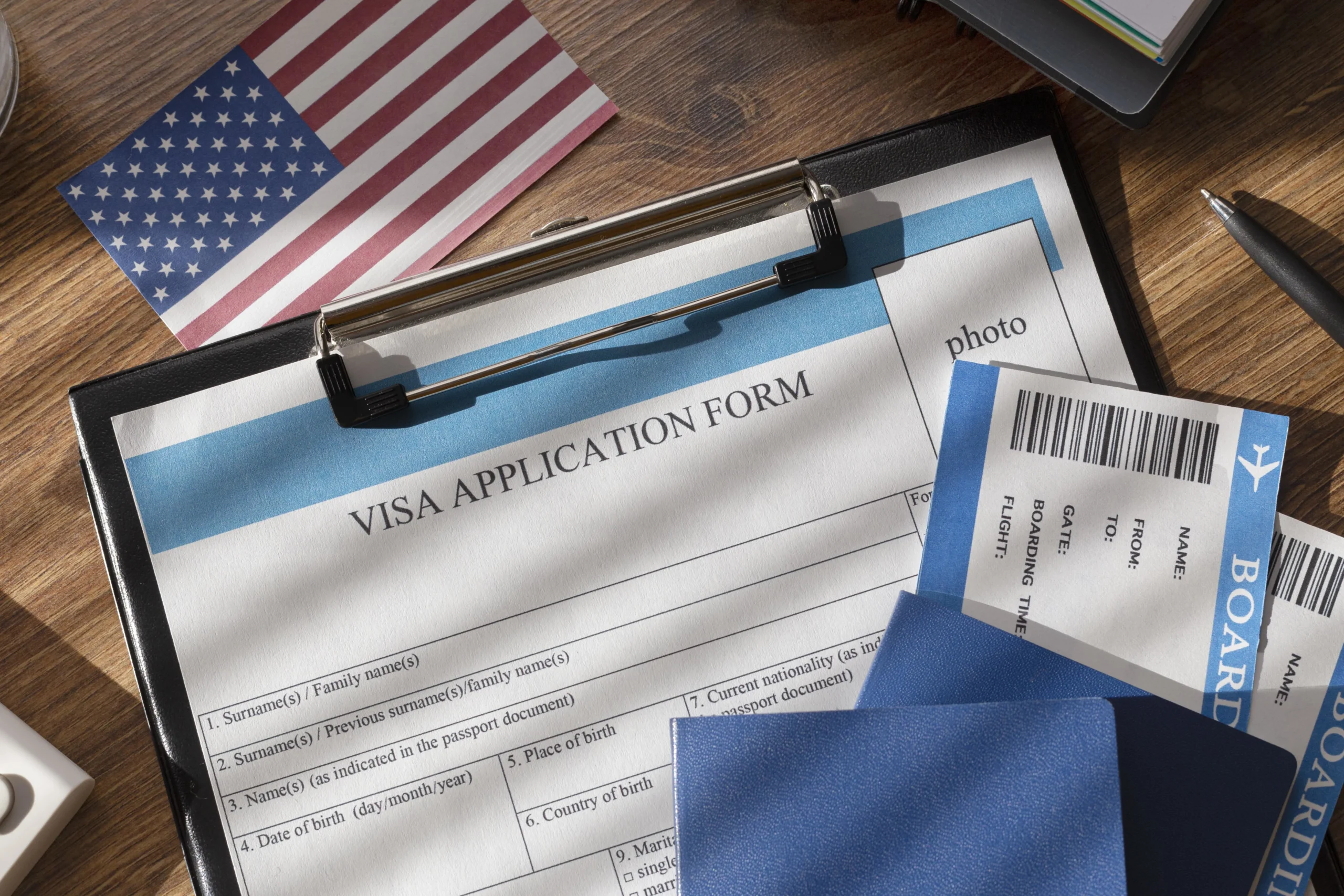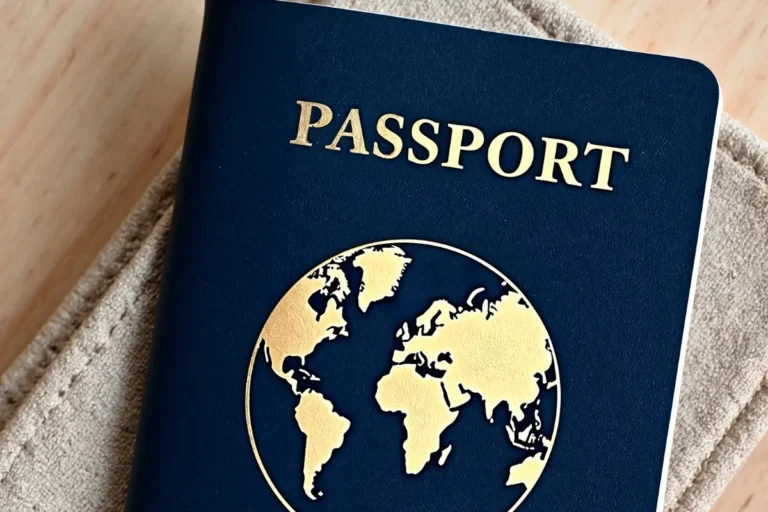September 21, 2025 | Washington, D.C.: High-skilled foreign workers have become the focus of President Donald Trump’s recently announced comprehensive revision of the visa regulations that will markedly increase expenses for organizations employing foreign professionals. The new directive mandates that employers remit an annual fee of $100,000 for each high-skilled foreign workers participating in the H-1B visa program. The administration contends that this policy will prioritize employment opportunities for American citizens; however, detractors caution that it may jeopardize the competitive stance of the United States in the global market. Critics have already labeled the plan a sweeping visa overhaul that could reshape the future of the U.S. labor markets.
Visa Overhaul and Administration’s Rationale
The Visa overhaul targets the H-1B visa program, historically the most widely used pathway for American firms to hire high-skilled foreign workers in fields like technology, medicine, and engineering. Under the new rules, employers sponsoring workers must pay an annual fee of $100,000 per employee—a dramatic increase compared to previous processing and compliance costs.

Alongside the fee, the administration unveiled a new “Gold Card” visa, allowing foreign nationals to obtain permanent residency if they or their sponsors pay $1 million. A “Platinum Card,” rumored to include faster green card processing and additional privileges, is under review. These options represent a shift toward a pay-to-play immigration model, aligning with Trump’s broader emphasis on transactional policymaking.
The White House argues that the changes will eliminate misuse of the system, which officials claim has often been exploited to hire high-skilled foreign workers at lower wages than U.S. citizens. By raising the financial bar, the administration believes only the most essential and high-value workers will be brought in, while American graduates, particularly in STEM fields, will see more opportunities. Trump has repeatedly framed the move as “putting American workers first” and “ending cheap labor pipelines.”
Read More: US Court Decision Could End Trump Tariffs by October 14
Business and Worker Backlash
The response from industry leaders has been swift and critical. Silicon Valley, which heavily relies on H-1B visas to bring in specialized talent, warns that the Visa overhaul could throttle innovation. Tech giants like Google, Microsoft, and Amazon may have the resources to absorb the added costs, but startups and mid-sized companies, often the true drivers of innovation, face existential threats. Many rely on international expertise to scale quickly, and the $100,000 fee could push them to relocate talent centers to more welcoming hubs abroad.

The healthcare sector also raises alarms. Hospitals and research institutions frequently depend on high-skilled foreign workers, particularly in underserved regions. Critics argue that the policy could worsen shortages in critical professions, affecting not just business competitiveness but also public health.
For foreign professionals, particularly international students who invest heavily in U.S. education, the policy represents a harsh new reality. Traditionally, graduates relied on H-1B sponsorship as the bridge from OPT (Optional Practical Training) to full-time work. Now, companies may hesitate to sponsor them, leading many to look north to Canada or across the Atlantic to the U.K. and Europe, where immigration systems are less punitive. Canada, for instance, has already launched targeted programs to attract disillusioned U.S. tech workers, marketing itself as “the world’s new innovation hub.”
Legal experts also predict court battles ahead. Immigration policy changes of this scale typically require Congressional approval or a formal rulemaking process. Implementing such sweeping financial requirements via presidential proclamation is expected to trigger lawsuits from both employers and advocacy groups. Politically, the move deepens the polarization over immigration, energizing Trump’s base while uniting opposition from business leaders, universities, and immigrant rights organizations.
What’s at Stake for U.S. Competitiveness
Economists warn that the long-term risks go beyond immediate labor shortages. Restricting access to high-skilled foreign workers could weaken America’s leadership in industries like artificial intelligence, biotechnology, and renewable energy—sectors already engaged in fierce global competition. If talent migrates elsewhere, the U.S. risks losing not just workers but the next generation of startups, patents, and research breakthroughs.

Historically, H-1B workers have played a central role in American innovation. Many of Silicon Valley’s most successful companies—from Google to Tesla—were co-founded or scaled by immigrants. Critics argue that pricing out these contributors undermines the very foundation of the U.S. economy. The risk isn’t only talent flight; it’s also “brain drain in reverse,” with foreign graduates trained at U.S. universities taking their skills back home or to competitor nations.
Some analysts also point out unintended consequences: companies unable to afford sponsorship may turn to outsourcing or automation. Jobs may not return to Americans at all but instead shift to offshore operations. Ironically, the policy intended to protect U.S. workers could accelerate job migration abroad, leaving domestic industries even more vulnerable.
Trump’s Visa overhaul of the H-1B program, anchored by the $100,000 annual fee, stands as one of the boldest and most controversial immigration moves of his presidency. Supporters see it as a necessary safeguard for American jobs, but critics warn it could strangle U.S. innovation at a moment when global competition is intensifying. Its survival depends on upcoming legal and political battles, but regardless of its fate, the proposal has already sent shockwaves through the business community and reshaped the global conversation on skilled migration.
Also Read: Dubai Gold Price Drop: Will It Fall Further After Trump’s No-Tariff Statement?














